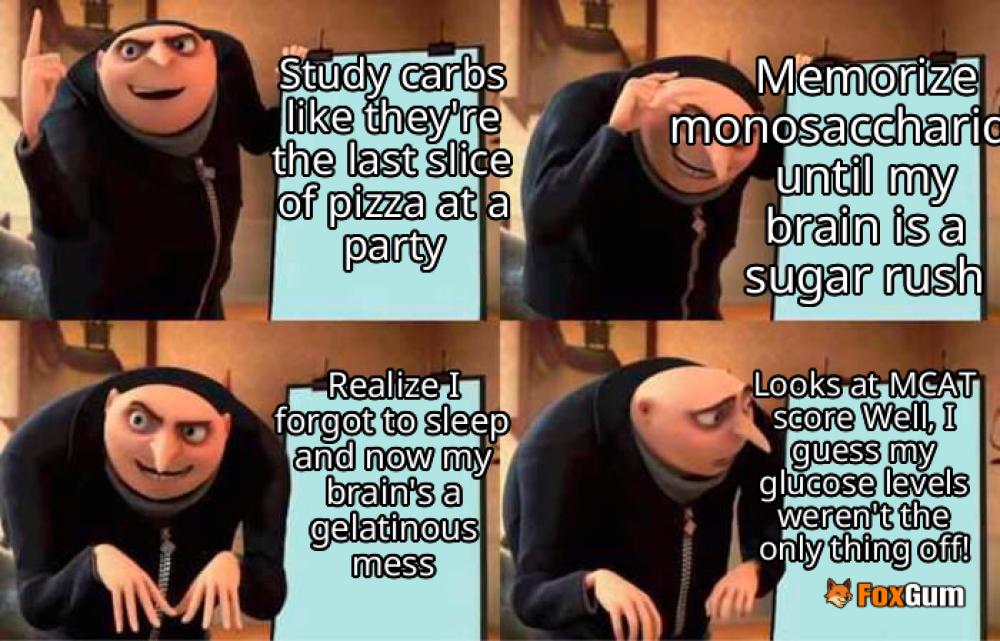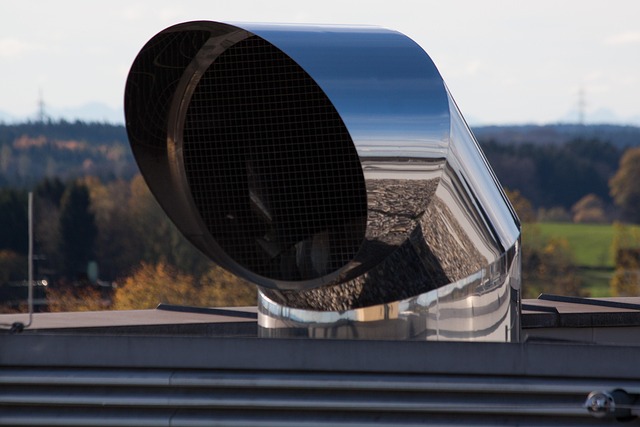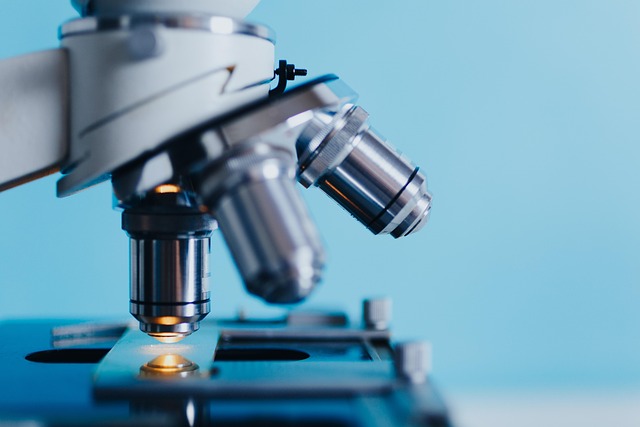
The SDS-PAGE Protocol
Welcome to the fascinating world of SDS-PAGE, where proteins take center stage and the only drama is how they migrate through a gel! If you’ve ever wondered how scientists estimate the purity of protein samples or determine their molecular weight (MW), you’re in the right place. This article will guide you through the SDS-PAGE protocol, ensuring you’re well-prepared for your next lab adventure.
What is SDS-PAGE?
SDS-PAGE, or Sodium Dodecyl Sulfate Polyacrylamide Gel Electrophoresis, is a technique used to separate proteins based on their size. Think of it as a race where the smallest proteins sprint ahead while the larger ones lag behind. The key player here is SDS, an anionic detergent that denatures proteins and gives them a negative charge, allowing them to move towards the positively charged anode in an electric field. Science is just so electrifying, isn’t it? ⚡
Essential Materials
Before diving into the protocol, let’s gather our materials:
- SDS-PAGE Running Buffer
- Protein samples
- Gel casting apparatus
- Power supply
Make sure you have everything ready, because nothing says “science” like a frantic search for missing reagents mid-experiment!
Step-by-Step Protocol
Now, let’s get down to business. Here’s a straightforward guide to the SDS-PAGE protocol:
- Prepare the Running Buffer: Mix 50 mL of 10X SDS-PAGE Running Buffer with 450 mL of distilled water (diH2O) to create 1X Running Buffer. Voilà, you’ve just created a magical potion!
- Prepare Your Gel: Cast your polyacrylamide gel according to your desired concentration. Remember, a higher percentage gel is great for smaller proteins, while a lower percentage is better for larger ones. It’s like picking the right outfit for the occasion!
- Load Your Samples: Carefully load your protein samples into the wells of the gel. Use a pipette and try not to create a mess. Your future self will thank you.
- Run the Gel: Connect your gel to the power supply and turn it on. Watch as the proteins start their journey through the gel. It’s like a reality show, but with fewer dramatic exits.
- Staining: After running the gel, stain it using your preferred staining protocol. This will help visualize the proteins. Remember, the staining method can vary, so choose wisely!
Interpreting Results
Once the gel has been run and stained, it’s time to analyze the results. The migration distance of each protein can be compared to a standard ladder to estimate their molecular weights. Keep in mind that the relative migration distance (Rf) is inversely proportional to the log of the protein’s MW. In simpler terms, smaller proteins move faster, while larger ones lag behind. Just like in a family gathering, right? 😄
Final Thoughts
SDS-PAGE is a powerful technique that provides valuable insights into protein characteristics. While it may seem daunting at first, following the protocol step-by-step will help demystify the process. So roll up those sleeves, grab your lab coat, and get ready to make some scientific magic happen!
















 Mathematical Structures
Mathematical Structures 
 Health
Health  Fitness
Fitness  Lifestyle
Lifestyle  Tech
Tech  Travel
Travel  Food
Food  Education
Education  Parenting
Parenting  Career & Work
Career & Work  Hobbies
Hobbies  Wellness
Wellness  Beauty
Beauty  Cars
Cars  Art
Art  Science
Science  Culture
Culture  Books
Books  Music
Music  Movies
Movies  Gaming
Gaming  Sports
Sports  Nature
Nature  Home & Garden
Home & Garden  Business & Finance
Business & Finance  Relationships
Relationships  Pets
Pets  Shopping
Shopping  Mindset & Inspiration
Mindset & Inspiration  Environment
Environment  Gadgets
Gadgets  Politics
Politics 